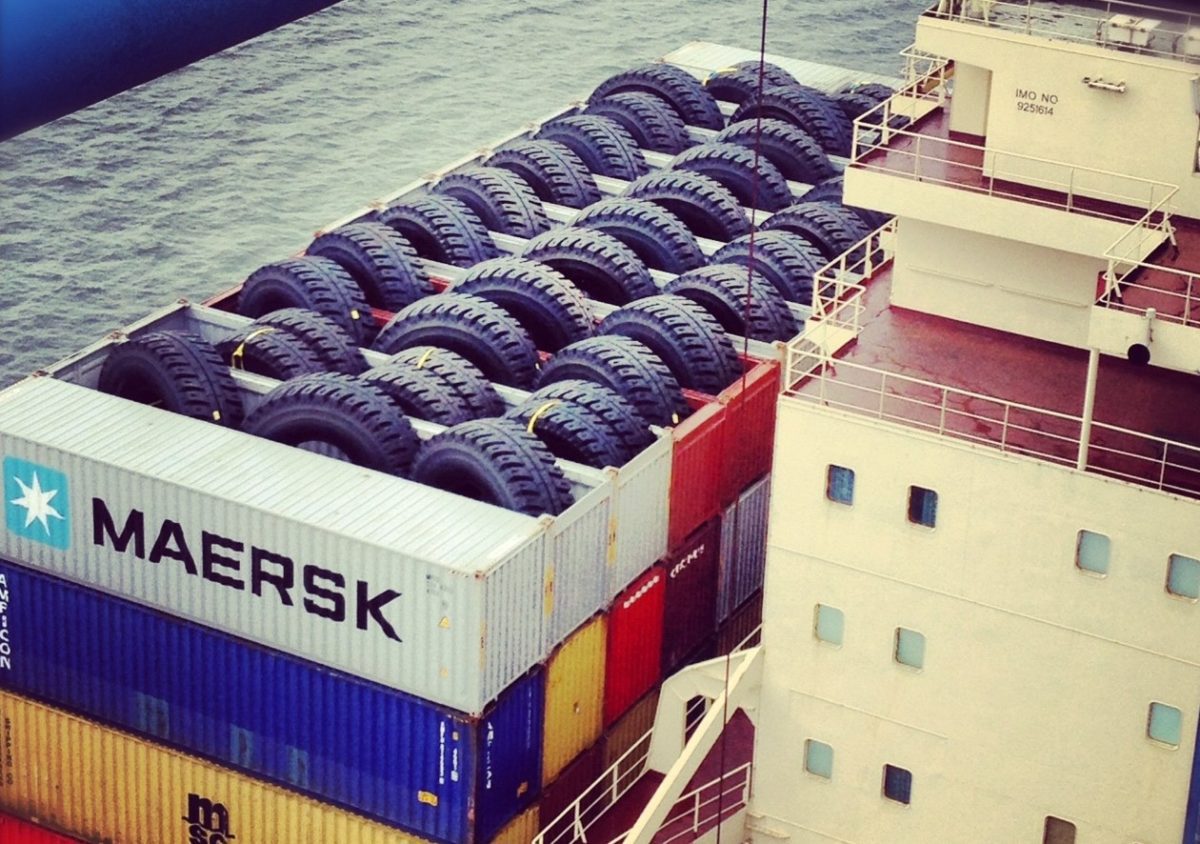Photo credit: Maersk Line
By Gavin van Marle,
(The Loadstar) – Project logistics and out-of-gauge cargo are the latest specialist shipping targets of container lines looking for alternative revenue streams.
With standard dry container volumes showing flat growth, and low freight rates an increasingly perennial feature of the industry, box carriers are looking to expanding into the more profitable area of out-of-gauge and heavylift cargo.
The move would be similar to their attack on the perishables sector, which began two decades ago and has led to an huge decline in the conventional reefer shipping fleet.
“The feedback of customers is that they welcome the extra competition,” David Piel, senior manager of special cargo in Europe at Hapag-Lloyd told The Loadstar.
While the German shipping line has always carried some out-of-gauge shipments – “we weren’t really focusing on special cargo” – it has recently been investing in a special cargo team in Hamburg, spurred by several developments.
“The opening of Iran is likely to lead to a lot of investment, especially in the oil industry,” said Mr Piel, “while a lot of the other oil-producing countries are also investing in infrastructure to diversify their economies.
“For example, we are finding that the trade between the Far East and Middle East for special cargo has great potential.”
Out-of-gauge cargo is one of five niche sectors – reefers, dangerous goods, US flag services and cabotage services, the other four – that Hapag-Lloyd is keen to develop. The corporate target is that together they should make-up 15% of the group’s global volumes.
So how realistic is it that container lines will be able to penetrate a sector that has traditionally been the preserve of specialist vessels mainly operating on a tramp basis?
“The bottleneck for us is the ports,” Mr Piel said. “Container cranes in the main ports are only rated to handle up to 100 tonnes payload, after that you have to use floating cranes and their availability varies from port to port.
However, because the cargo is carried on the company’s existing liner network, it can offer shippers considerably lower freight rates, combined with more frequent sailings, he argued.
“Our advantage is having weekly sailings and offering a global network. We are calling at all the main ports on an almost daily basis, while our feeder services are going to smaller ports and we can then tranship at hub ports.
“For example, if you are an Asian shipyard and buying azipods in Finland, we ship from Rauma to Hamburg, tranship in Hamburg, using the floating cranes there, and put the cargo onto the deepsea vessels for their backhaul leg to Asia.
“Sometimes it makes sense to tranship, it depends on the floating cranes,” he said. Although he admitted that the port-to-port services offered by specialist vessels equipped with their own cranes were “very convenient, despite the higher prices”.
Ro-ro vessel operators have also attempted to increase their project cargo volumes.
“The problem for ro-ro vessels is the capacity of the loading ramp, which is limited to 150 tonnes – although the vessels are very good for construction vehicles,” Mr Piel added.
The Loadstar is fast becoming known at the highest levels of logistics and supply chain management as one of the best sources of influential analysis and commentary.
Check them out at TheLoadstar.co.uk, or find them on Facebook and Twitter.

 Join The Club
Join The Club











